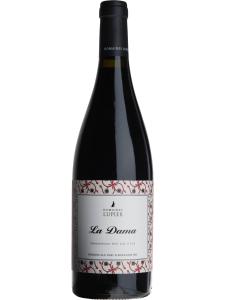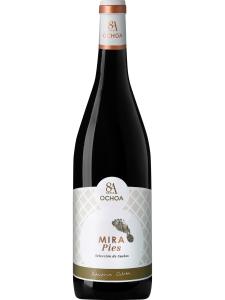Navarra, in northern Spain, is one of the country's 17 first-level administrative regions (comunidades autónomas) and a reasonably prolific – if lesser-known – wine region. Traditionally associated with the production of crisp, fruit-driven rosé, Navarra is beginning to attract attention for its high quality red wines made mainly from the Tempranillo, Cabernet Sauvignon and Merlot grape varieties after years of being overshadowed by its southern neighbor, Rioja.
The first records of winemaking in the region date back to ancient Roman times, but grapes were almost certainly thriving here long before that. Vines of the prehistoric Vitis sylvestris species – predecessor of the cherished Vitis vinifera – have recently been discovered still growing in Navarra. After the Romans, grape-growing continued under the Moors, and was then greatly expanded under Christian rule. Demand for wine was strengthened by Catholics making the pilgrimage along the Camino de Santiago to the shrine (now a cathedral) in Santiago de Compostela, Galicia, where tradition has it that the remains of the Apostle St. James are buried.
The 14th Century was a boom time for Navarra and the number of vineyards multiplied to the extent that restrictions had to be imposed to ensure enough land was dedicated to cereals to feed the local population. Demand received an additional boost in the late 19th Century when France was hit by phylloxera. This rise in sales was short-lived, however, as Navarra subsequently fell prey to the blight, which left few vineyards intact there. Vignerons replanted using phylloxera-resistant rootstocks, and subsequently were able to reorganize production zones.
Navarra has just a single DO title for its wines, the regional Navarra DO, which was created in 1933 and covers the entire southern half of the region (almost everything south of the administrative capital, Pamplona). Its workings are administered by its Consejo Regulador (wine authority), based in the small town of Olite.
Navarra's geography is diverse and a number of different features affect the region's vines and climate. Its proximity to the Bay of Biscay (Atlantic Ocean) in the northwest, the Pyrenees in the northeast and the Ebro River all combine to moderate temperatures created by the effects of the Mediterranean climate.
This huge diversity across the region has led to the creation of five sub-zones: Baja Montana in the northeast, Valdizarbe in the north, Tierra Estella in the northeast, Ribera Alta it the centre, north of the Ebro, and Ribera Baja, in the south, below the river. A small section of Navarra is classified as Rioja DOCa (Denominación de Origen Calificada). For more information about the individual subzones, click on the links above.
Traditionally, Navarra has been strongly associated with its rosé wine (rosado), with Garnacha producing the best examples. These are often dry and fruity, and are a good accompaniment to the hearty local cuisine. The more recent success of Tempranillo-based red wines has motivated winemakers to produce more of this noble variety and now it leads Navarra's production tables. The trend is towards concentrated, fruity, yet oak-influenced red wines.
In addition to Tempranillo and Garnacha, highly regarded examples of varietal reds based on Cabernet Sauvignon, Merlot and Pinot Noir are also produced. Navarra's small quantity of white wines are mainly based on Chardonnay, Viura and Garnacha Blanca. Natural sweet wines are also permitted to be made from Moscatel.
Investment in modern winemaking equipment and the introduction of non-native grape varieties have given rise to a greater number of new wine styles from the region, and a group of brave and innovative winemakers have done much to raise the profile of Navarra.



